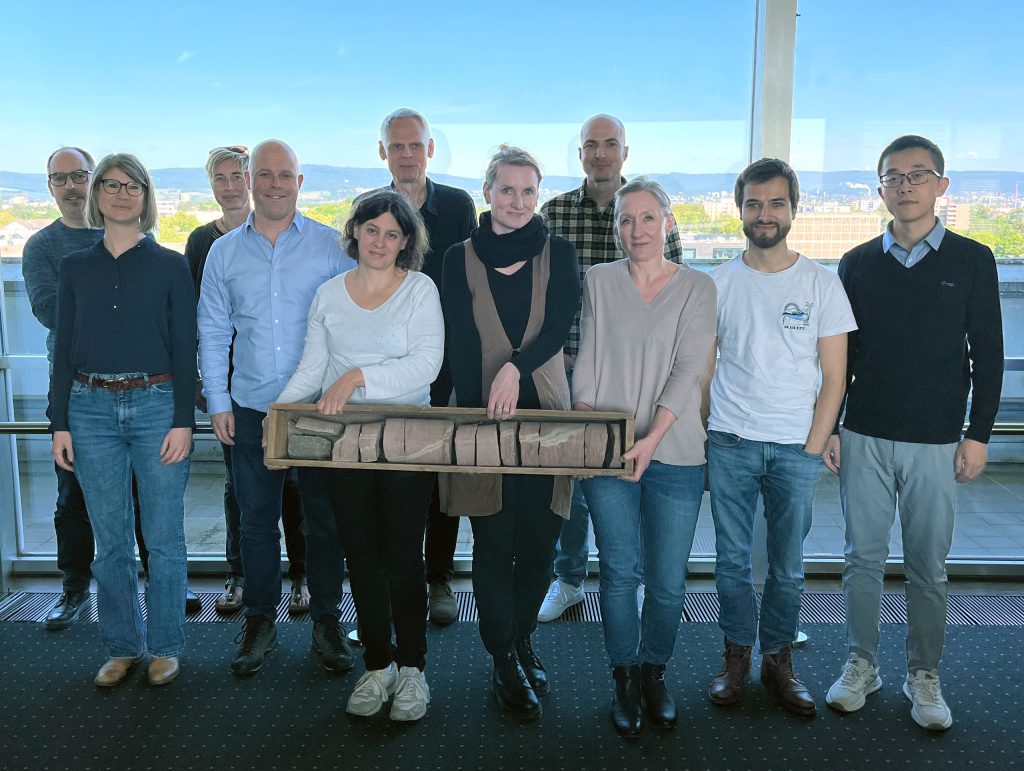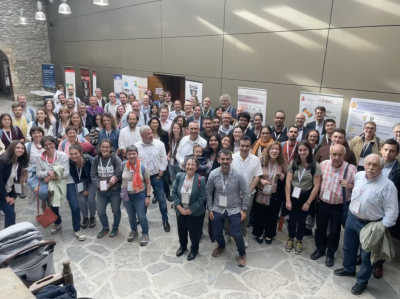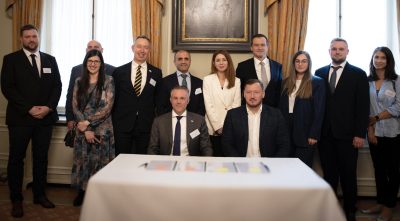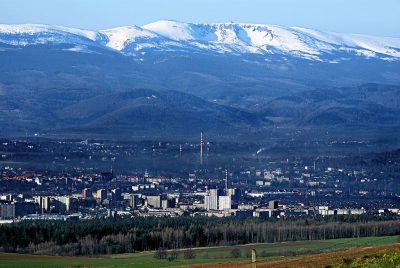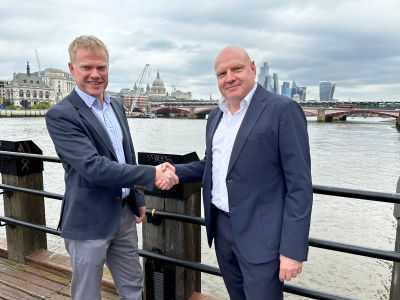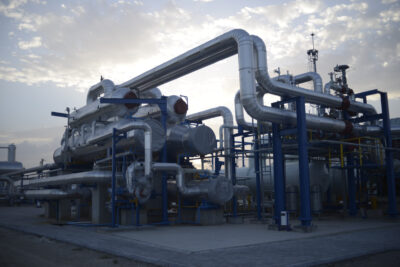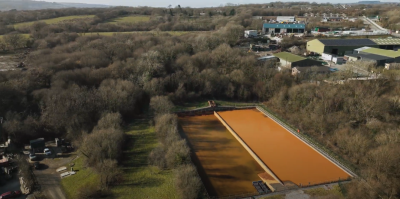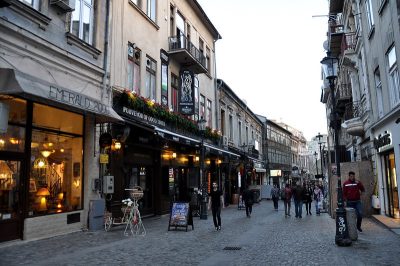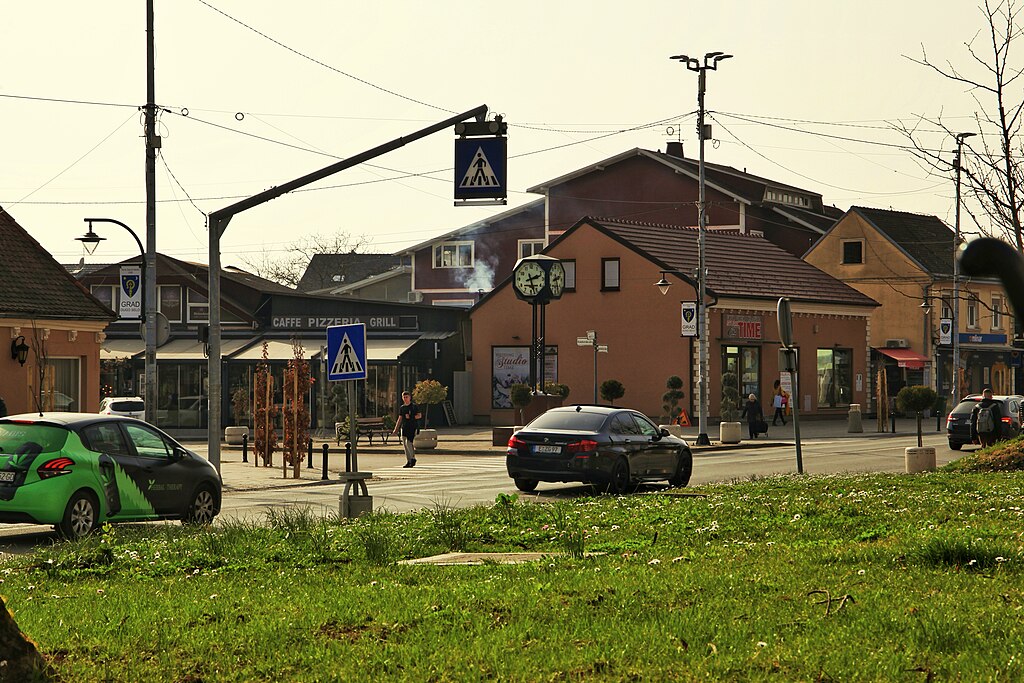TRIGGER joint project examines thermally induced cracking in deep geothermal
A joint research of German institutions is studying changes in rock properties in deep geothermal reservoirs from contact between hot rock and cold water.
A new joint research project by institutes in Germany is investigating the impact of changes in deep geothermal reservoirs caused by contact between cold water and hot rock. Thermally induced changes in rock properties such as strength and permeability can have important implications on geothermal utilization, or even socially sensitive issues such as induced seismicity.
The “Formation of fractures and changes in permeability in geothermal reservoirs caused by thermally induced stress changes” (TRIGGER) project was officially kicked off at the Johannes Gutenberg-Universität Mainz (JGU), which is the institution leading the project. The Volcanic Seismology group of the JGU, as well as the Tectonics and Structural Geology, Geodynamics, and Metamorphic Processes groups are involved in the project.
Other partners in the project include the Institute for Geothermal Resource Management at the Institute for Innovation, Transfer and Consulting gGmbH in Bingen, Ruhr University Bochum, and Microstructure and Pores GmbH in Aachen.
The TRIGGER project is funded by the German Federal Ministry for Economic Affairs and Energy (BMWK). Of the approximately EUR 2 million in federal funding, about half will go to the JGU groups. They will contribute in particular to researching the microstructural and microchemical composition of the samples and analyzing their deformation, as well as numerically modeling fluid flow and fracture processes.
“We want to understand the influence of thermally induced cracking on rock properties such as permeability and strength, which in turn could influence the amount of extractable thermal water or seismicity – even though we usually don’t even notice these small earthquakes,” explains Prof. Dr. Miriam Christina Reiss of JGU, who is the joint coordinator of the TRIGGER project.
Lab experiments and computer simulations
Contact between cold water and significantly warmer rock can cause cracks to form and changes in the porosity or permeability of the rock, which can have implications for expected seismicity. These small-scale processes cause local changes in rock properties, which in turn affect large-scale reservoir behavior. The TRIGGER joint project aims to investigate exactly how these small-scale processes behave underground.
“We will examine samples from drill cores taken up to three kilometers deep in the laboratory. We will analyze the thermal, mechanical, structural, and chemical properties,” explains Reiss. To recreate and better understand the processes involved, the rock will be deformed, cold water will be introduced into heated rock samples, and sensors will be used to determine whether and how the material fractures.
In addition, the laboratory experiments are simulated in computer models to gain a deeper understanding of the processes taking place across a wide range of rock properties and temperatures.
“In the laboratory, we can conduct investigations that aren’t possible in the field,” explains the geophysicist. “With this research, we want to better understand the processes on the one hand, but also explore possibilities for more efficient use on the other.” One goal of the joint project is therefore to determine the long-term effects of temperature changes of at least 100 degrees on fracture formation and the interactions between the injected fluid and the rock.
The research is also intended to contribute to a more detailed analysis of the risk of induced seismicity – that is, human-caused earthquake activity.
“People are much more open to geothermal energy today than they used to be. We want to contribute to a better understanding of the processes and reduce the risks associated with using geothermal energy,” says Reiss. The geothermal power plant near Insheim in the Vorderpfalz region has been in operation for over ten years and generates green electricity. Further geothermal projects for heat supply are being planned in Rhineland-Palatinate, for example in Speyer and Wörth am Rhein.
